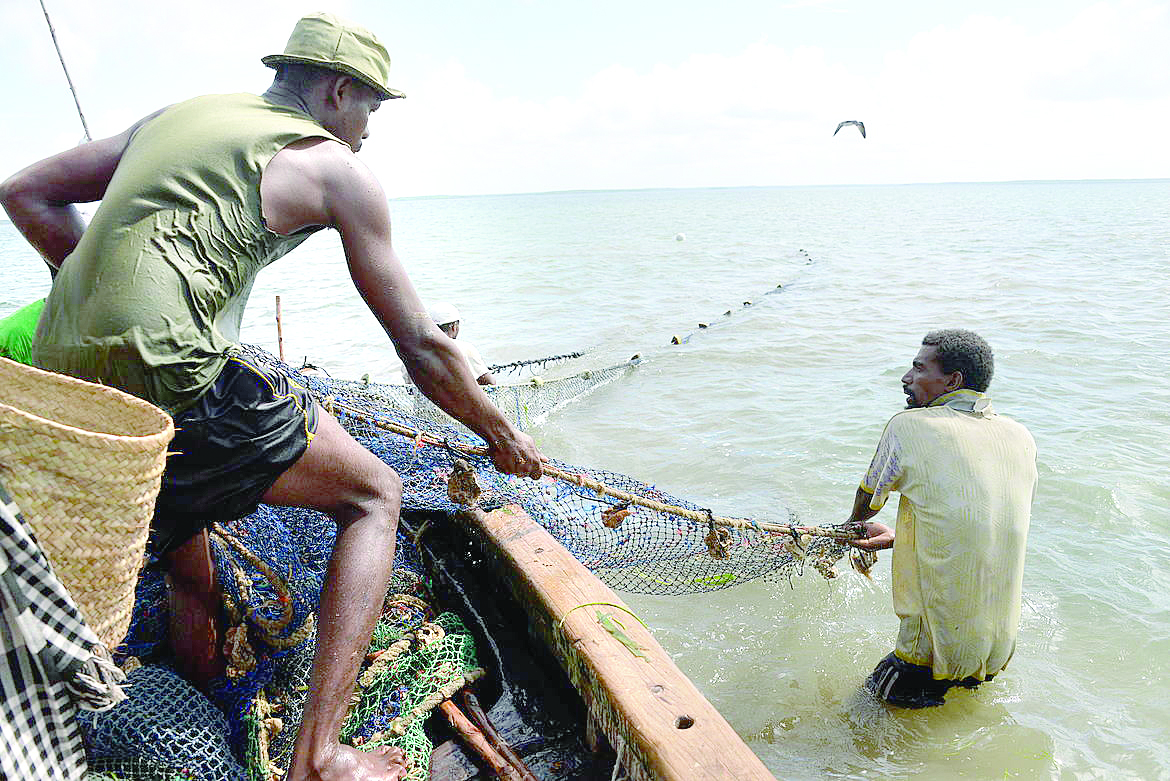Making deep-sea fishing sustainable

Along Kenya’s coastline and inland lakes, fishers are sounding the alarm over a worrying trend of shrinking catches and depleted fish stocks. Once teeming near-shore waters are now yielding fewer and smaller fish, threatening both food security and livelihoods for thousands of Kenyans who depend on the sector.
In places like Homa Bay County, fish production from Lake Victoria has dropped sharply, from 80,150 metric tonnes in 2013 to 50,053 in 2022, according to data from the Kenya Fisheries Service. Along the Indian Ocean coast the problem is the same – fish stocks are dwindling.
The decline in fish populations along the shoreline is not accidental. Overfishing, climate change, and habitat destruction have pushed fish further into the ocean. As a result, artisanal fishers who traditionally used simple boats and nets are now investing in larger vessels, stronger gear, and better navigation tools to venture farther.
Some have reported higher catches, making the transition seem like a logical solution to dwindling near-shore stocks, but is deep-sea fishing a long-term solution or just a temporary fix? Marine scientists warn that without proper management, deep-sea fisheries could collapse just like shallow-water stocks. The reason is, unlike near-shore species, deep-sea fish tend to grow and reproduce more slowly, making them vulnerable to overexploitation.
If these populations decline, the entire ecosystem could be thrown off balance, affecting not only fisheries but also coastal communities that depend on them. On the other hand, policymakers believe that deep sea fishing offers enormous potential for Kenya to diversify its fish supply and reduce pressure on inshore ecosystems. Indeed, the government has made moves to promote deep-sea fishing.
Through the State Department for Fisheries, Kenya has begun licensing more industrial vessels, investing in monitoring systems, and encouraging private-sector investment in offshore fishing ventures.
What measures can be taken to ensure sustainability, minimise environmental impact, and safeguard the future of our marine resources?
First of all, for deep-sea fishing to be sustainable, Kenya must invest in marine conservation because protecting and restoring coastal ecosystems, such as mangroves and coral reefs, can help replenish fish stocks, reducing the need for fishermen to go further offshore.
There is also a need to strengthen fisheries management. The government should establish clear regulations on deep-sea fishing, including catch limits, designated fishing zones, and licensing frameworks to prevent overexploitation. Without strong regulation and enforcement, deep-sea fishing could simply transfer the problem of overexploitation from inshore to offshore waters.
Additionally, there is a need to support small-scale fishers by providing access to affordable, sustainable fishing technologies to ensure that no one is left behind in the process. Enhancing monitoring and surveillance is also needed because combatting illegal, unreported and unregulated (IUU) fishing through better surveillance, satellite tracking, and community-led reporting mechanisms will help protect Kenya’s marine resources. Partnerships with research institutions, regional fisheries management bodies, and the private sector will also be essential.
— The writer is a Science Reporter with People Daily and PD Wikendi















